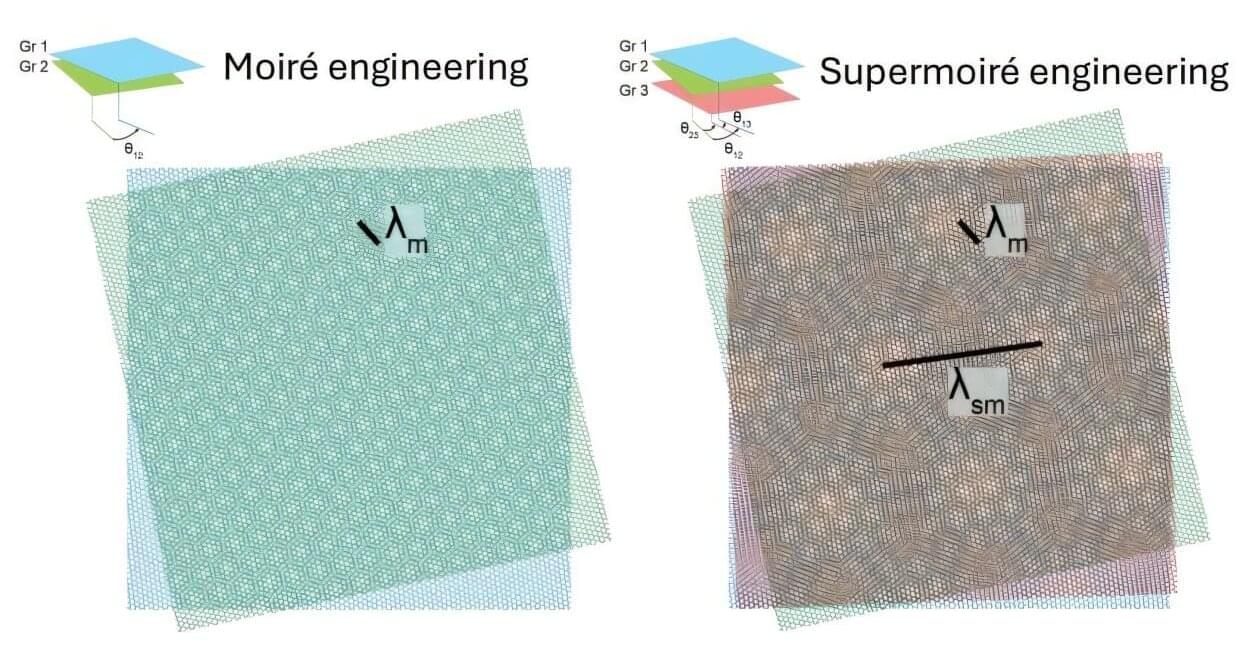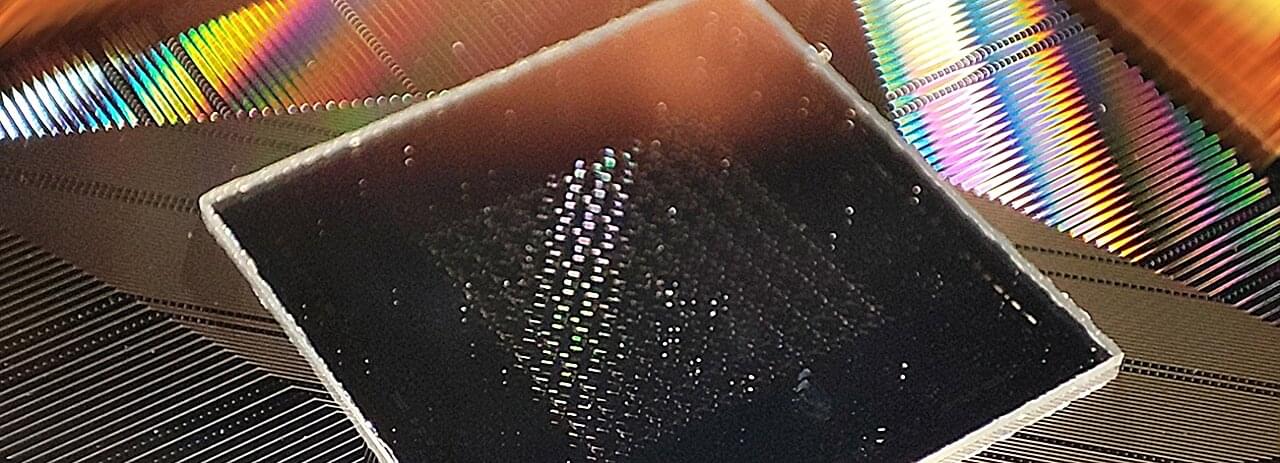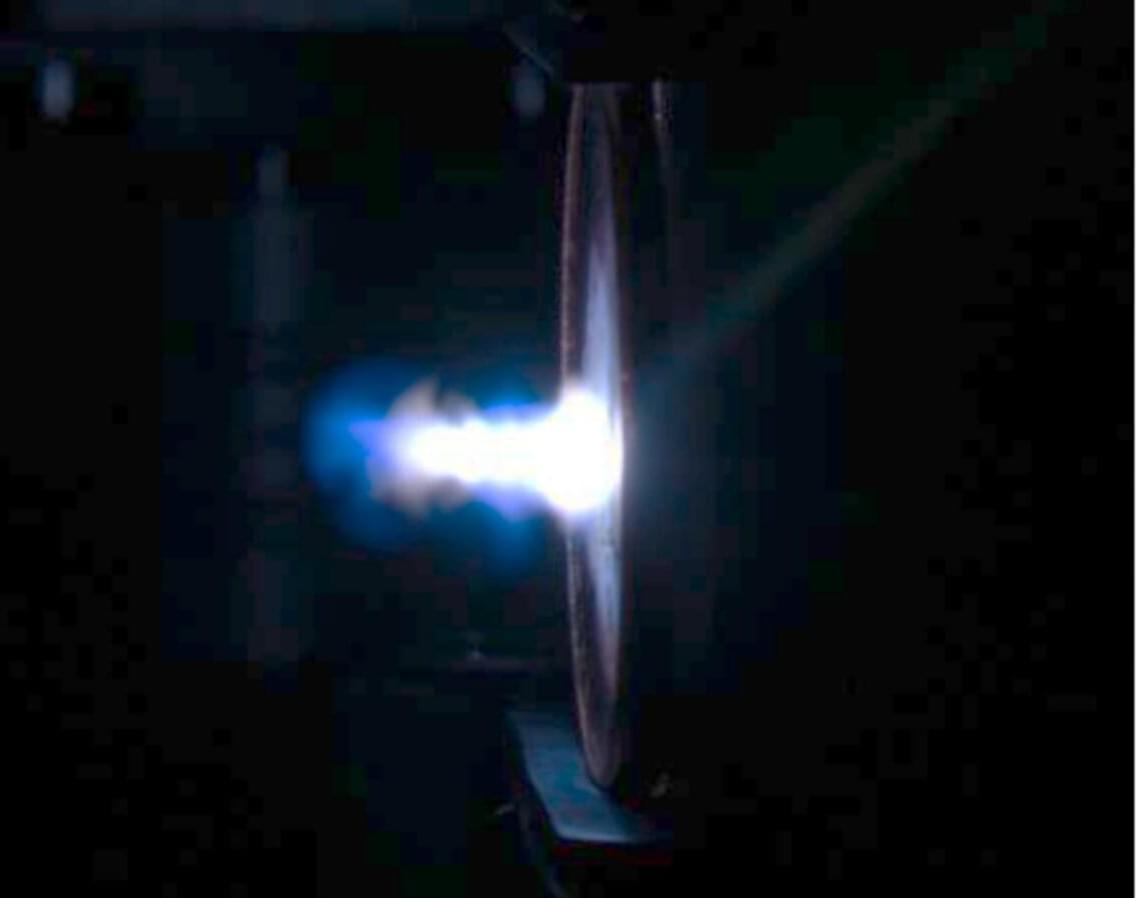A few years ago, physicists were surprised to learn that stacking and subtly twisting two atomically thin layers of an electronic material like graphene creates a pattern that changes the material’s properties and can even turn it into a superconductor. This superimposed grid, like what would emerge if two window screens were laid slightly askew, is called a moiré pattern.
But why stop there? It turns out adding a third layer, with each layer twisted at slightly different angles, produces even more complex interferences known as supermoiré patterns (aka moiré of moiré). The supermoiré pattern induces profound changes in how electrons move through the material, but until recently, scientists had had trouble measuring exactly what changes occur and why.
Now, applied physicists in the Harvard John A. Paulson School of Engineering and Applied Sciences (SEAS) have used a specially designed microscope to probe the properties of supermoiré patterns in trilayer graphene to an extent that was never possible before. Using their microscope, they saw many new states of matter in which electrons would get stuck or form unusual groups, leading to changes in the entire system’s electronic behavior and opening doors to studying layered materials with precisely controllable properties.









